A stitch in time
Quilt connects Berthoud man to Civil War-era ancestors
By Bob McDonnell
The Surveyor
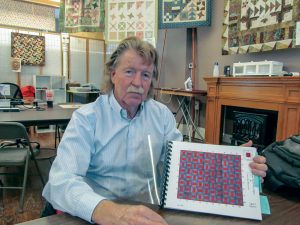
Richard Boston shows the booklet that documents his great-great grandmother’s Civil War quilt.
Bob McDonnell / The Surveyor
Berthoud archeologist Richard Boston is on a hunt. On his latest project he is not digging for bones or artifacts. Boston is digging into his family’s history as well as a portion of our country’s.
Boston recently discovered his great-great grandfather, James Boston, took part in the Civil War as a Union soldier. While doing research on this relative, he found his great-great grandmother, Caroline Boston, was a Civil War Army nurse.
James was wounded during the war in the battle of Big Hatchie on Oct. 5, 1962, in Tennessee. He spent three months in a field hospital in Tennessee, then went by hospital ship to Benton Barracks General Hospital in St. Louis.
The soldier’s wife, Caroline, left their four children with relatives and became a military nurse to assist with wounded soldiers, including her husband.
In Richard’s online quest for information he found references to a quilt Caroline made. Fortunately, his digging through records revealed a relative connected with the quilt. Via email, Richard determined a third cousin named Gladys Kite, from California, had the quilt in her possession. She has kept it safe for some 40 years. Richard made this discovery a year ago in November.
“I thought it was fantastic, and we needed to do some research and write a book,” Richard stated. He and Kite enlisted the help of Richard’s brother Earl Boston, who lives in Nebraska.
The trio arranged for the quilt to be shipped from California to Nebraska so Richard and Earl could see it.
“It’s in almost new condition,” Richard noted. His wife, Karen Boston, said the quilt material is twill, not just cotton. Twill is heavier and holds colors longer, according to Karen. This could account for its current condition.
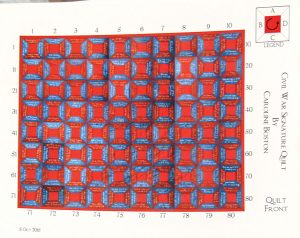
The cover of the booklet documenting Richard Boston’s Civil War quilt shows the spool pattern.
Bob McDonnell / The Surveyor
Karen also noted early day quilters started by sewing scraps of material together. She said many quilts had purpose beyond keeping people warm; they also served as a method of communication. Karen said this was especially true for slaves and those involved in the process of slaves escaping via the underground railroad.
The quilt design features the spool pattern, popular at that time. There are 320 names hand- embroidered on the quilt squares, including James and Caroline.
“I’m pretty sure it’s made between 1895 and 1898,” Richard said, after extensive detective work. It also appears to have been made by three people, he speculated.
Richard and his relative’s ongoing exploration indicates the names include a couple of black men who served in the Army. Additionally, there is one name, John Holmes, with recent ties to Longmont. Holmes served as a body guard for President Abraham Lincoln. He settled in Kansas, and his family later relocated to Longmont.
Richard had the quilt reviewed and appraised by the International Quilt Study Center and Museum, located at the University of Nebraska in Lincoln. Workers there pointed out one interesting square containing the name Wm. McKinley. This turned out to be then-private William McKinney who served from 1861 to 1865. He later became a senator and governor in Ohio before becoming the 25th president of the United States.
Richard, Earl, and Gladys Kite have researched several of the other names on the quilt. In some cases, they have been able to contact living relatives of those listed. Since many of the stitched names were a first initial and last name, finding additional information is challenging in many cases. Richard found the names represent people from 23 states, along with Nebraska and Kansas, which were territories at the time. This adds to the complexity of finding descendants.
Eventually, the trio plan to write a more extensive book on the quilt and many of the people whose names appear on it. Currently they have a booklet showing a close-up color photo of each of the squares with the white stitching of the handwritten names.
Ultimately the quilt will find a permanent home at the International Quilt Study Center and Museum.
Richard is giving a presentation about the quilt on Saturday, Feb. 6, at 10 a.m. at Laughing Ladies Quilting in Berthoud. The shop is located at 349 Massachusetts Ave., and specializes in Civil War quilt reproductions. The title of the talk is, “The Thread of Life.”
Referring to the Boston quilt, Karen said, “It is really a part of American history.” The presentation will appeal to not only quilters but also people interested in the Civil War and the history of our country in general, according to Karen.
For more information, call 480-495-5593.
- April, 30 2018
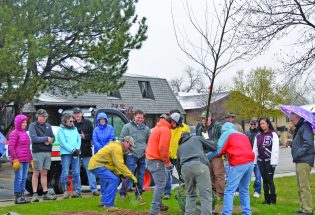
Spring is coming! Arbor Day in the snow
Photo by Amber McIver-Traywick : Community members and town representatives brave...
- August, 17 2023
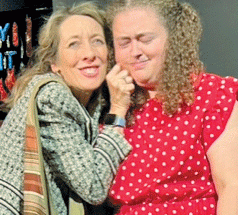
Auditions this weekend for Moon Theat...
By Shelley Widhalm The Surveyor If you like the idea of a wedding but don’t...
- March, 26 2015
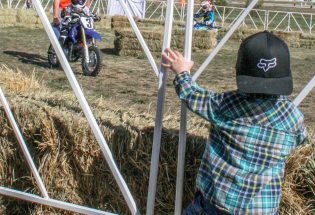
Kids, kindness, K5K and Supercamp all...
By Jan Dowker The Surveyor Treyson Barr watches his older brother,...
- October, 25 2018

Halloween in Berthoud
• Saturday, Oct. 27, 3 p.m. - Monster Bash at the library • Sunday, Oct....
- August, 30 2019
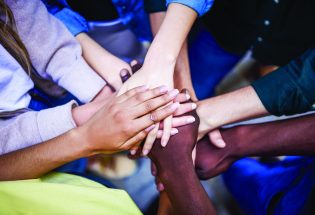
Larimer County seeking volunteer vict...
By Dan Karpiel The Surveyor The Larimer County Sheriff’s Office (LCSO) is seeking volunteers for...
- December, 17 2021
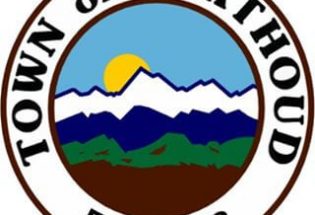
Town board approves 2022 budget
In what was their final meeting of the calendar year, the Berthoud Board of Trustees...

POLICEBLOTTER
Community News
Northern Water sets C-BT quota at 70% for 2024
Community News

Emotions run high during Revere Property hearing
Community News
Snowpack at 119% above normal
Community News

Karspeck to serve third term as Berthoud mayor
Community News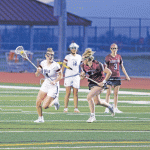

OPINION – No bitchin’ allowed
Community News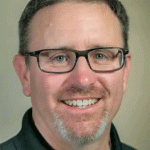
Roy Tripi to become principal of BHS on July 1
Community News
COMMUNITY CALENDAR:
Community Calendar – add an event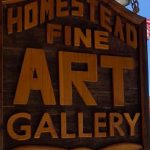
Homestead Fine Art Gallery First Fridays OPEN HOUSE
03 May 4:00 PM - 7:00 PM
Homestead Fine Art Gallery First Fridays OPEN HOUSE
07 Jun 4:00 PM - 7:00 PM
Homestead Fine Art Gallery First Fridays OPEN HOUSE
05 Jul 4:00 PM - 7:00 PM
Homestead Fine Art Gallery First Fridays OPEN HOUSE
02 Aug 4:00 PM - 7:00 PM
Homestead Fine Art Gallery First Fridays OPEN HOUSE
06 Sep 4:00 PM - 7:00 PM
Homestead Fine Art Gallery First Fridays OPEN HOUSE
04 Oct 4:00 PM - 7:00 PM

